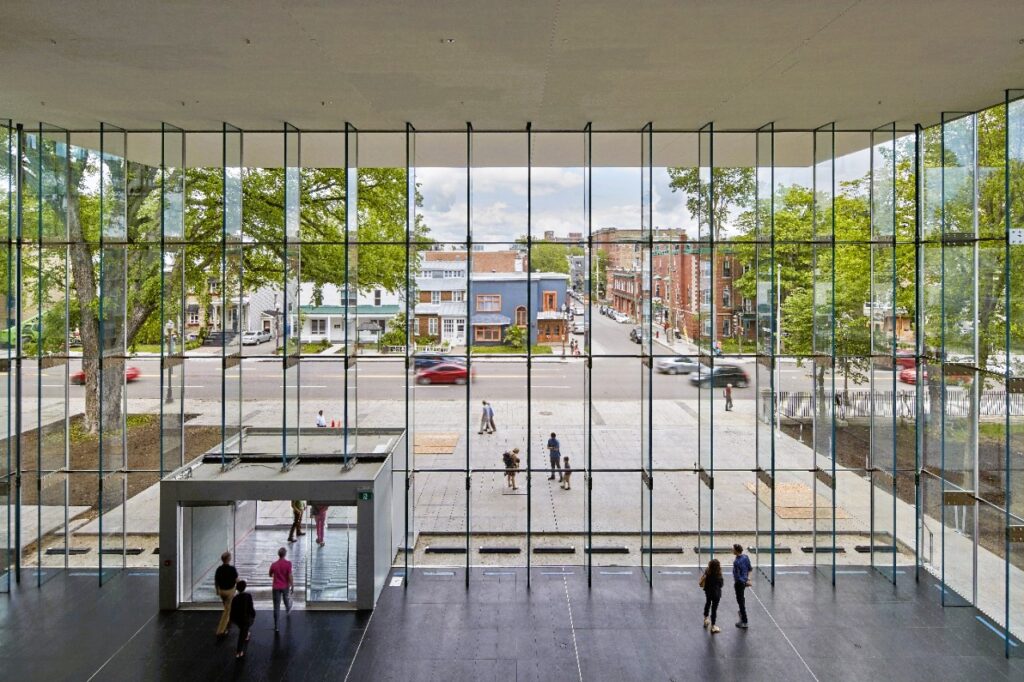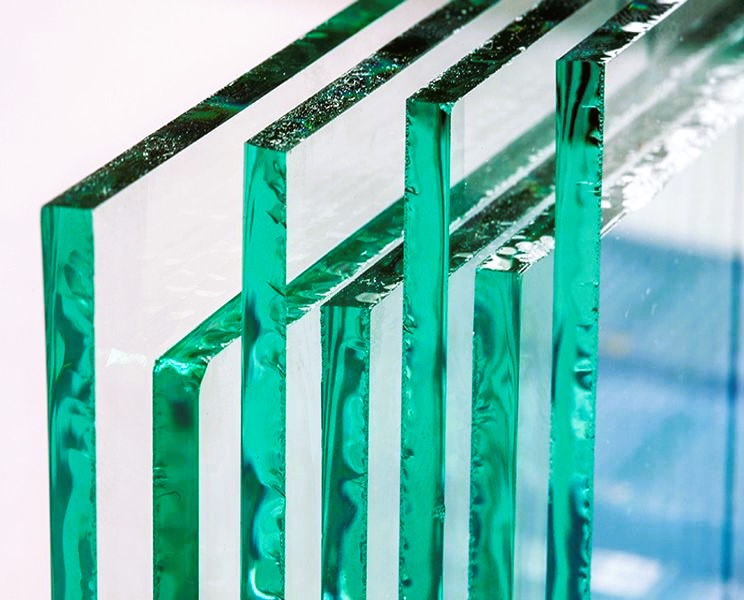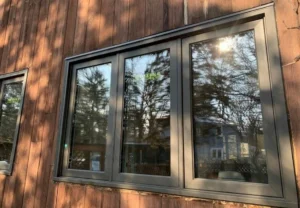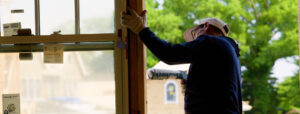Glass has long been a staple in the world of construction, offering transparency, aesthetics, and functionality. However, the use of glass in construction has evolved significantly over the years, driven by technological advancements and changing design preferences. In this article, we will explore the modern trends in glass usage in construction, highlighting innovative applications and their impact on the built environment.
1. Energy Efficiency and Sustainable Design
One of the most prominent trends in modern construction is a strong emphasis on energy efficiency and sustainability. Glass plays a vital role in achieving these goals through advancements in glazing technology. Double-glazed and triple-glazed windows with Low-E (low emissivity) coatings are now standard in many new buildings. These windows help to reduce heat transfer, making buildings more energy-efficient and environmentally friendly.
In addition, the use of electrochromic and thermochromic glass has gained traction. These types of smart glass can change their transparency or opacity in response to environmental conditions, reducing the need for artificial lighting and heating or cooling. Such innovations align with the growing demand for sustainable design in the construction industry.
2. Minimalistic and Frameless Design
Modern architecture often embraces minimalism and clean lines, and this design philosophy extends to the use of glass. Frameless glass systems, such as frameless glass balustrades and curtain walls, have gained popularity. These systems create an uninterrupted and sleek look, emphasizing transparency and openness.
Frameless glass can be used in various applications, from glass staircases to glass partitions, and it has become a symbol of contemporary design. It maximizes natural light, enhances views, and contributes to the overall aesthetics of a space.
3. Glass Facades and Structural Glazing
Glass facades have become an iconic feature of many modern skyscrapers and commercial buildings. Advances in structural engineering have allowed architects to design entire buildings with glass exteriors. Structural glazing systems enable the creation of impressive architectural designs characterized by large, uninterrupted glass surfaces.
Structural glass can be used not only for exterior facades but also for interior applications like glass bridges, glass floors, and glass canopies. These elements provide a sense of openness, connecting occupants with their surroundings and creating visually stunning environments.
4. Biophilic Design and Indoor-Outdoor Integration
Biophilic design, which seeks to connect people with nature in the built environment, is a growing trend in modern construction. Glass is a key element in achieving this connection by seamlessly integrating indoor and outdoor spaces. Glass walls, sliding glass doors, and retractable glass roofs are used to create indoor-outdoor living experiences.
These design choices not only improve the quality of living but also enhance health and well-being by increasing access to natural light and ventilation. They create spaces where occupants can enjoy the benefits of nature while being protected from the elements. Do you like the article? Read also about Glass Facades: Beauty and Functionality.

5. Smart Glass and Interactive Surfaces
Advancements in technology have given rise to the use of smart glass and interactive glass surfaces in construction. Smart glass can switch between clear and opaque states, offering privacy when needed and clear views when desired. Interactive glass surfaces equipped with touch or gesture controls have applications in both residential and commercial settings, providing opportunities for creative and engaging interactions.
6. Safety and Security
Glass safety has also evolved with modern construction trends. Tempered and laminated glass are commonly used for enhanced safety and security. Tempered glass is designed to shatter into small, relatively harmless pieces when broken, reducing the risk of injury. Laminated glass consists of multiple layers with an interlayer that holds the glass together even when it breaks, providing added security and protection.
Conclusion
The modern trends in glass usage in construction reflect a dynamic and evolving industry. From energy-efficient glazing to minimalistic design, structural glass innovations, and the integration of smart glass technology, architects and designers have a wide array of options to create cutting-edge and sustainable buildings.
As the construction industry continues to prioritize sustainability, occupant comfort, and aesthetic appeal, glass will remain a central element in shaping the built environment of the future. Its ability to combine functionality with design, transparency with energy efficiency, makes it a versatile and indispensable material in modern construction.
For more information on standards and regulations related to glass usage in construction, please visit Wikipedia. These sources provide valuable insights into the technical aspects and industry standards associated with glass in construction.




